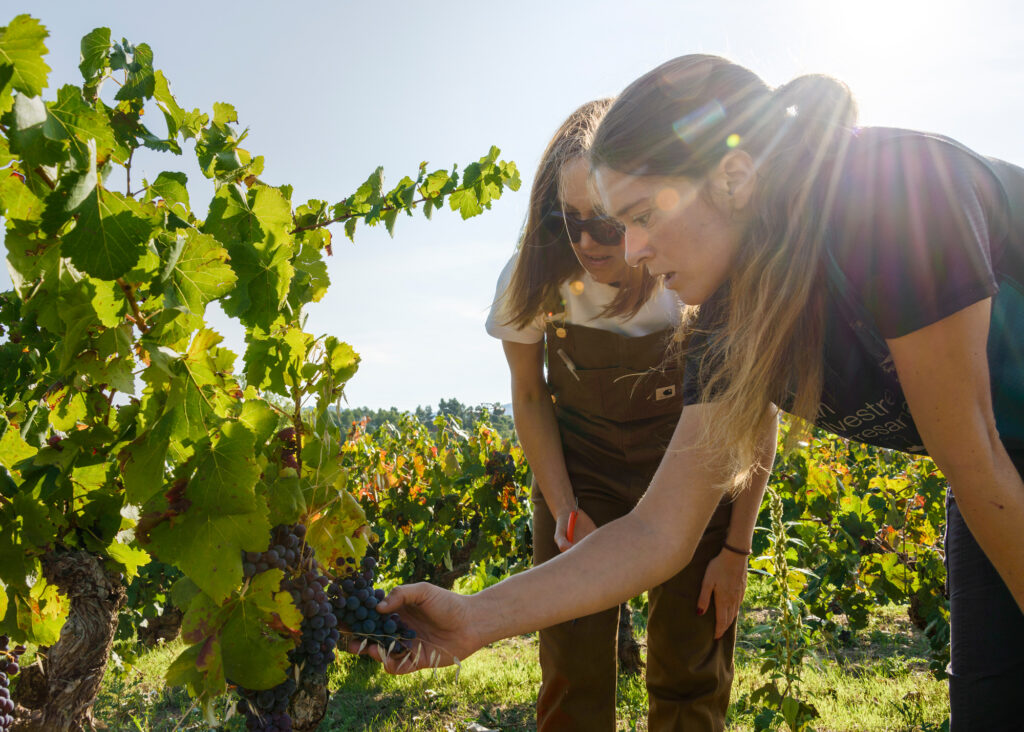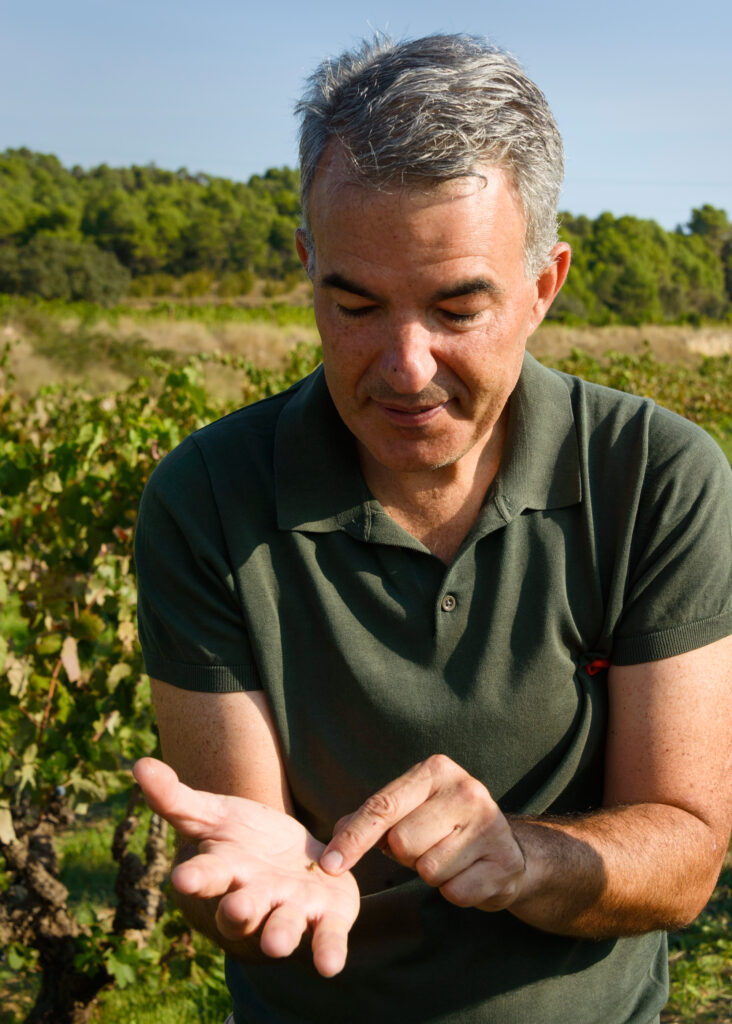In previous publications we already discussed the importance of deciding the Harvest Day and the weekly monitoring that is carried out during berry sampling to analyze the must. To complete the information provided by the analytical data, it is very important to carry out a berry tasting, where we will evaluate the different parts of the grape with our senses: the skin, the seeds and the pulp.
Before beginning the explanation of berry tasting, we must know that there are two types of ripening that occur in grapes. On the one hand, the maturation of the pulp, which consists of the evolution of sugar and acidity. On the other hand, the maturation of the skins and seeds is called Polyphenolic Maturity and occurs simultaneously with the maturation of the pulp.
In the skin and seeds there are substances that are very interesting to provide greater complexity, having an oenological relevance since it determines the sensory characteristics of the wines. It is where we obtain the color, astringency and bitterness, influencing other aspects related to flavor and aroma.



After a visual examination of the berry where we observe the color, firmness and ease of shelling, we first test the pulp by separating it from the skin and seeds. In this step, we will focus on flavor balances, increasing sweetness and decreasing acidity. We will also look for the presence of greenness that indicates that it is still underripe or, on the contrary, notes of jam from a ripe grape.
The skin, once it reaches its maximum accumulation of compounds that provide color, close to the end of pulp maturation, begins to soften and facilitates the extraction of the compounds from the skin. To assess whether the skin is ripe, we observe whether it comes off easily from the pulp and, when chewing it, we notice how easily it disintegrates and we look for signs of greenness and astringency where they disappear as maturation evolves.
The color of the seeds gives us a lot of information. If they appear green and are difficult to remove from the pulp, we understand that they are not ripe enough and the sensory aggressiveness of the tannins will give us greater astringency and bitterness. If, on the other hand, we find a brown color and they come off easily, it indicates less astringency and toasted aromas.
In conclusion, it is very important what balance the different parts of the grape are in at the time of harvest because it will be the key to a quality wine.